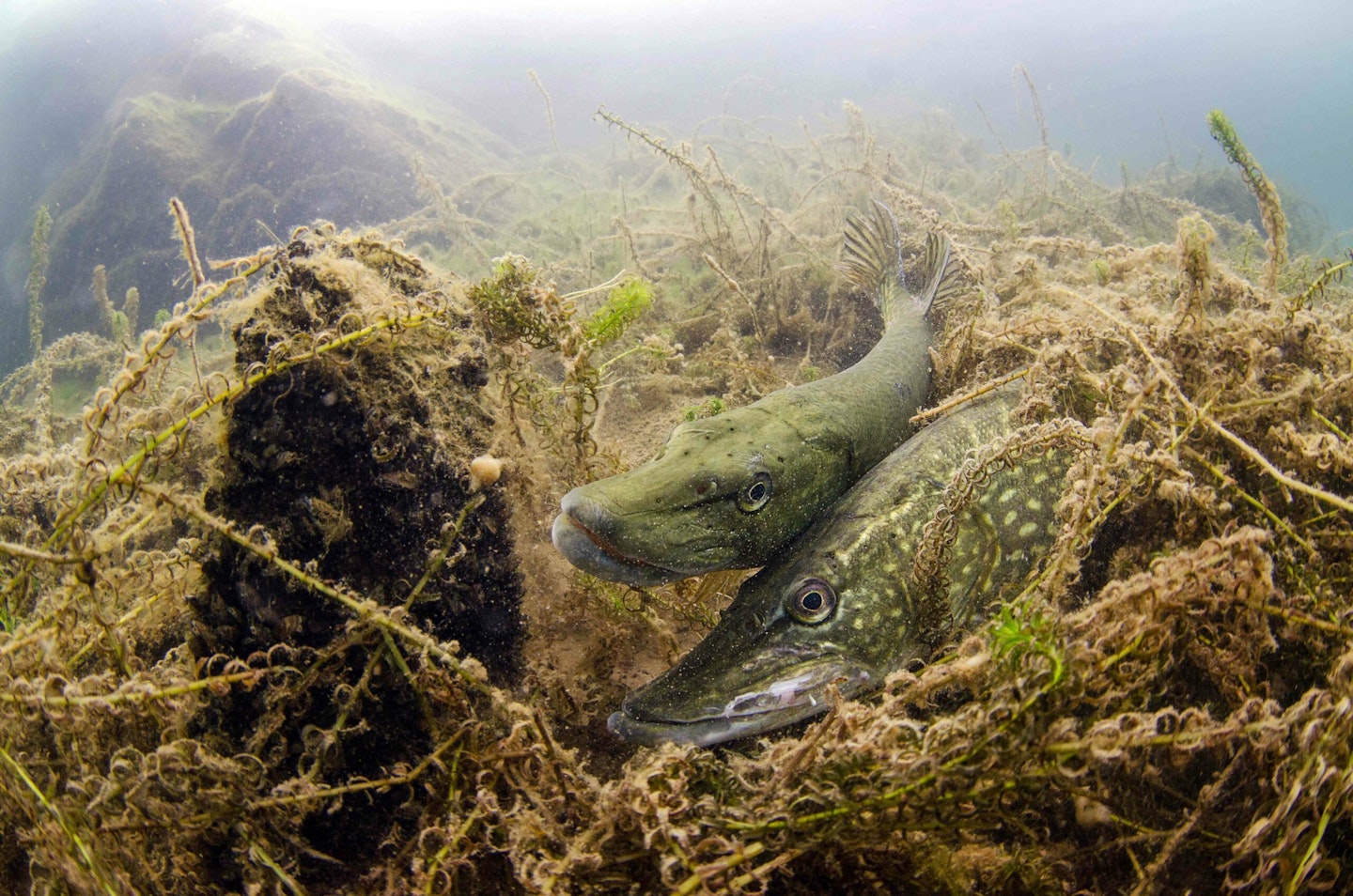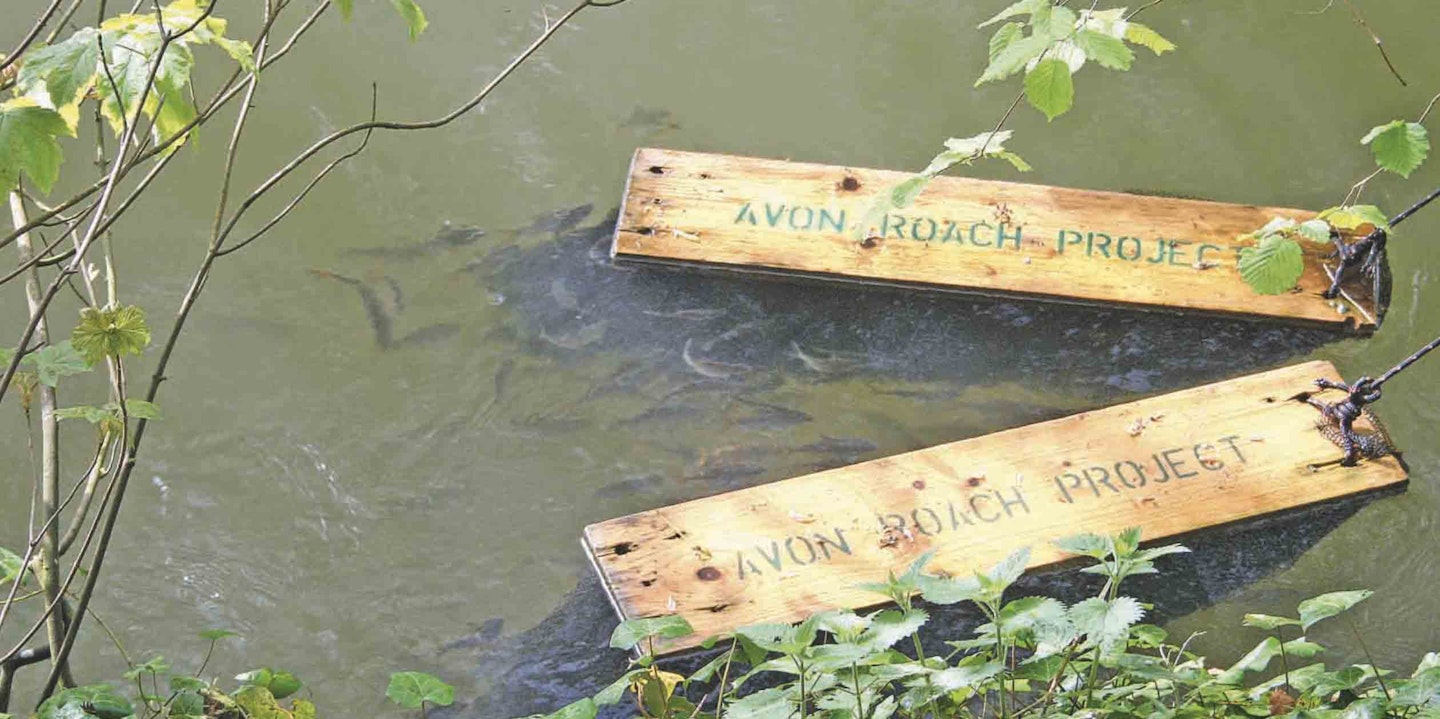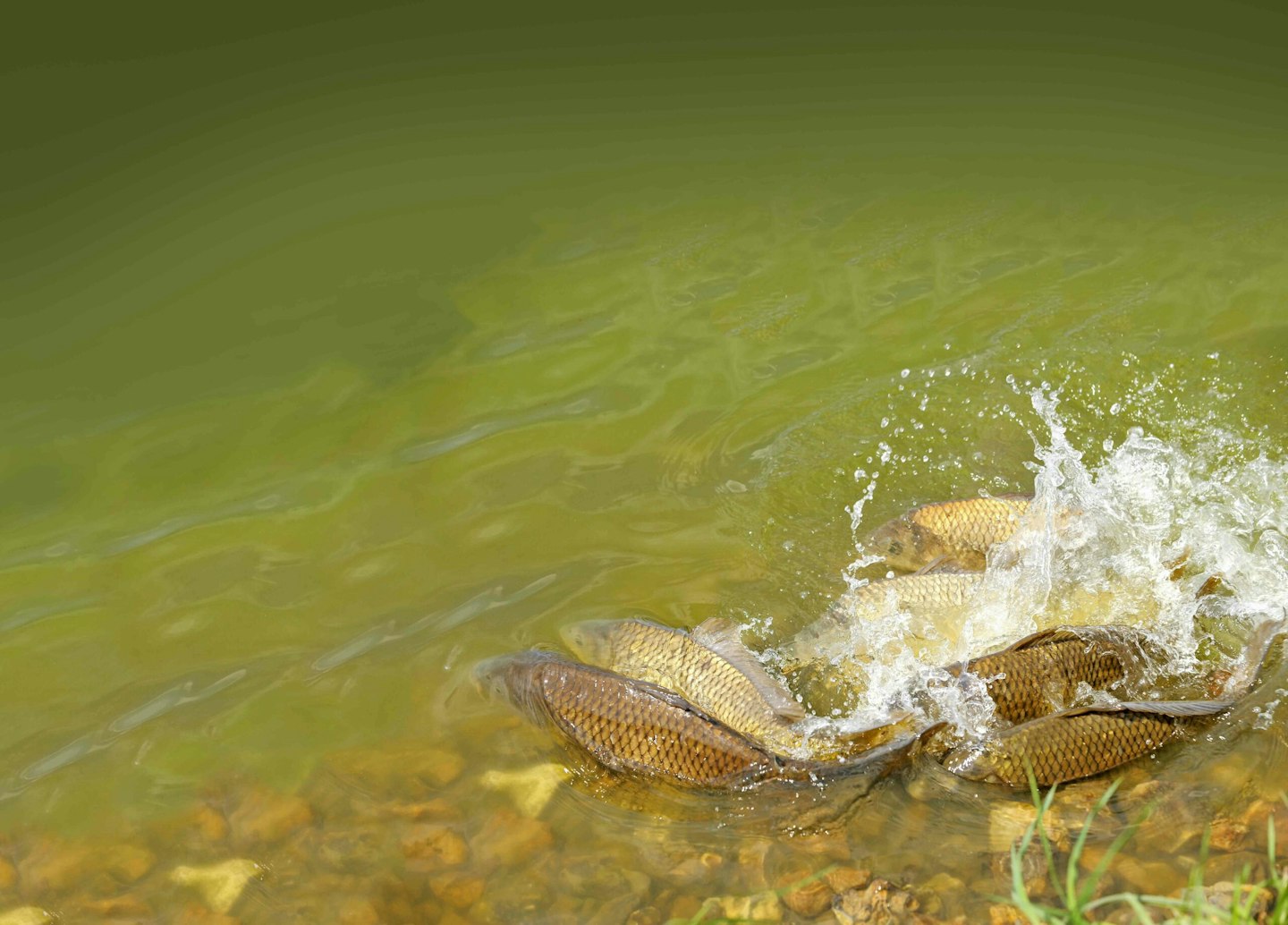AT THIS time of year the margins of many lakes and rivers start to come alive as coarse fish begin preparing for their annual spawning ritual.
But, hidden from sight, the build-up to spawning actually started several months ago as female fish began to develop their eggs. These gradually mature over the winter. We can often see this process in the fish we catch, especially from February onwards, as they become heavier and fuller-framed than before.
The lead-up to spawning is a long one, but the act itself can often be over in just a day or two as weather conditions conspire to provide the perfect window for each species to lay its eggs.
Because the United Kingdom stretches across such a lengthy north-south range, species may very often spawn anything up to a month later in the north than they do in the south. Yet, whatever the exact timing, the succession of spawning times across the range of species remains the same.
Pike and dace
Pike are normally the earliest coarse fish to spawn. They migrate to shallow bays filled with plant cover in February, normally in slightly deeper water, to await perfect conditions. Spawning takes place on grasses and reeds in water less than 2m deep and, as with most coarse fish, it’s the smaller males that arrive first. When the larger females turn up they jostle for position, with anything up to a dozen suitors for every female. For predatory fish, spawning early in the year gives their progeny a significant advantage in the months to come.
Within a few weeks of hatching, the young pike will already be looking to move on from a diet of small invertebrates to one dominated by tiny fish. Just as this switch in diet occurs, many other species of coarse fish eggs will be hatching, providing a ready supply of food for the mini predators.
Dace often spawn at roughly the same time as pike, but their behaviour is somewhat different.
Coarse fish tend to fall into two camps when it comes to spawning. Some spawn on dense vegetation, where their eggs are protected from predation by thick weed growth, but may suffer from low oxygen levels. The second group spawn on clean gravel in fast-flowing streams and rivers. Here, the eggs fall into the gaps between the gravel, which protects them. However, whole batches can be lost if there’s too much silt, as this smothers them, depriving them of oxygen.
Dace migrate into tiny streams and backwaters in February in preparation for spawning in extremely shallow water, often no more than a few centimetres deep.
Here the current is at its fastest. The eggs are deposited on the surface of the gravel and are quite sticky, ensuring that they’re not washed away.

Perch, roach and bream
By mid-April it’s time for perch to begin massing in huge shoals close to thick submerged vegetation on which they lay their eggs. This will often be in deeper water than pike, sometimes as much as six metres. The eggs are very easy to distinguish because perch are the only UK coarse fish to deposit them in long strands.
Roach and gudgeon often spawn at exactly the same time on many rivers, typically around the third week in May. Gudgeon prefer very fast-flowing water to spawn, and can often be found gathered around weirs and sluices. Roach are less demanding in their choice of spawning sites and have been recorded laying eggs on rocks, submerged plants and exposed willow roots.
The normally placid roach become incredibly active when spawning, and often can be heard splashing in the shallow margins as the male fish chase the females. Often, carp will home in on spawning roach and gorge themselves on the eggs, a protein-rich meal.
Roach are soon replaced by bream at the end of May, and sometimes the spawning of the two species can overlap, leading to hybridisation. Unlike other coarse fish, male bream can become very territorial during the spawning period and will try to chase away rival suitors.
It’s thought that the pronounced tubercles on the heads and bodies of male bream may be related to this aggressive behaviour.

Carp, barbel and chub
Not all coarse fish spawn just once during the year. Carp, barbel and chub may spawn several times in exceptionally warm summers. All three species tend to begin spawning in June and may continue through until August.
Carp will seek out the most dense vegetation they can find which, by late spring/early summer, can mean shallow weed-choked bays or dense reeds.
Chub and barbel both need clean gravel and a fast flow for their eggs to survive. This is probably the main reason that both species rarely reproduce successfully in stillwaters. While chub are similar to dace, in that their eggs are simply scattered on the surface of gravel, barbel have a more elaborate ritual.
As the fish begin to release their eggs and milt, they turn on to their sides and beat the gravel vigorously with their tails, loosening it to a depth of several centimetres. This enables some of the eggs to fall below the surface and become buried in the gravel.
This survival strategy serves barbel well in silt-free rivers, as the buried eggs are much safer from predators. Once the young barbel hatch, they remain within the gravel for several weeks until they finally emerge much later than other species.

And finally, tench
Very often the last species to spawn are tench. They prefer high water temperatures, so it can be almost the end of June before tench begin spawning, even in the south of the UK.
Tench are very tolerant of low oxygen levels, and this enables them to lay their eggs in dense vegetation. In shallow, hot backwaters packed with weed, the oxygen levels can vary wildly, but young tench survive where other fish would perish. It’s thought that the soft, slime-covered skin of tench is an adaptation that enables them to easily move through such densely-packed vegetation.
By August the margins of every river and pool will be filled with tiny fry just a few centimetres long, having hatched from eggs laid just a few weeks earlier. They will grow quickly over the coming years, before repeating the whole spawning cycle once again.
